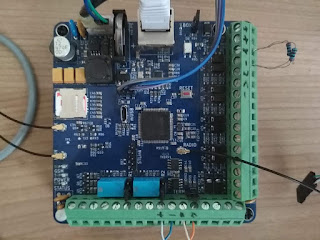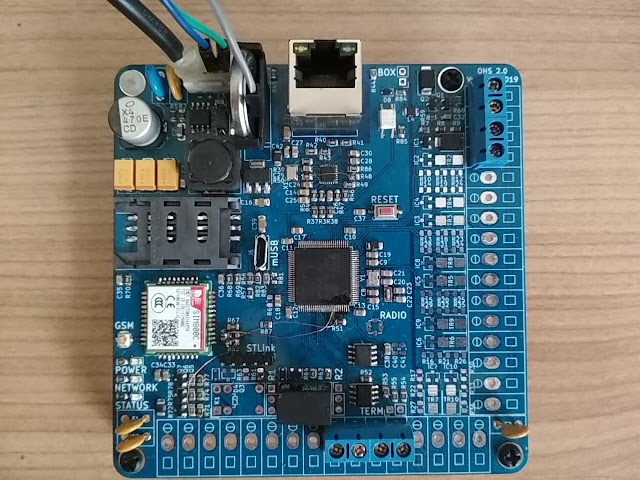This project should replace standard home security alarms, and And function as gateway to pass or receive data from various sensors. All configuration is done over nice web interface.
Gateway board consists of atmega1284P that has inputs for sensors and outputs to relays. It also hosts Wiz5500 Ethernet for configuration and overview, RFM69HW for radio remote nodes, communication module to wired nodes (RS485 protocol), GSM modem, Battery backed up RTC, EEPROM for log, I2C expansion connector, and AC supply and battery monitoring.
Gateway board has 8 analogue inputs that can recognize different events on PIR sensors, and 5 digital inputs. Inputs can be further expended.
Remote nodes act as authentication units or sensors. Currently they are set to receive iButtons as keys to arm/disarm the system.
All is now working and boards or PCB are fore sale!
 vysocan76
vysocan76



Hey, that would be just a great and the best thing I have not seen before.